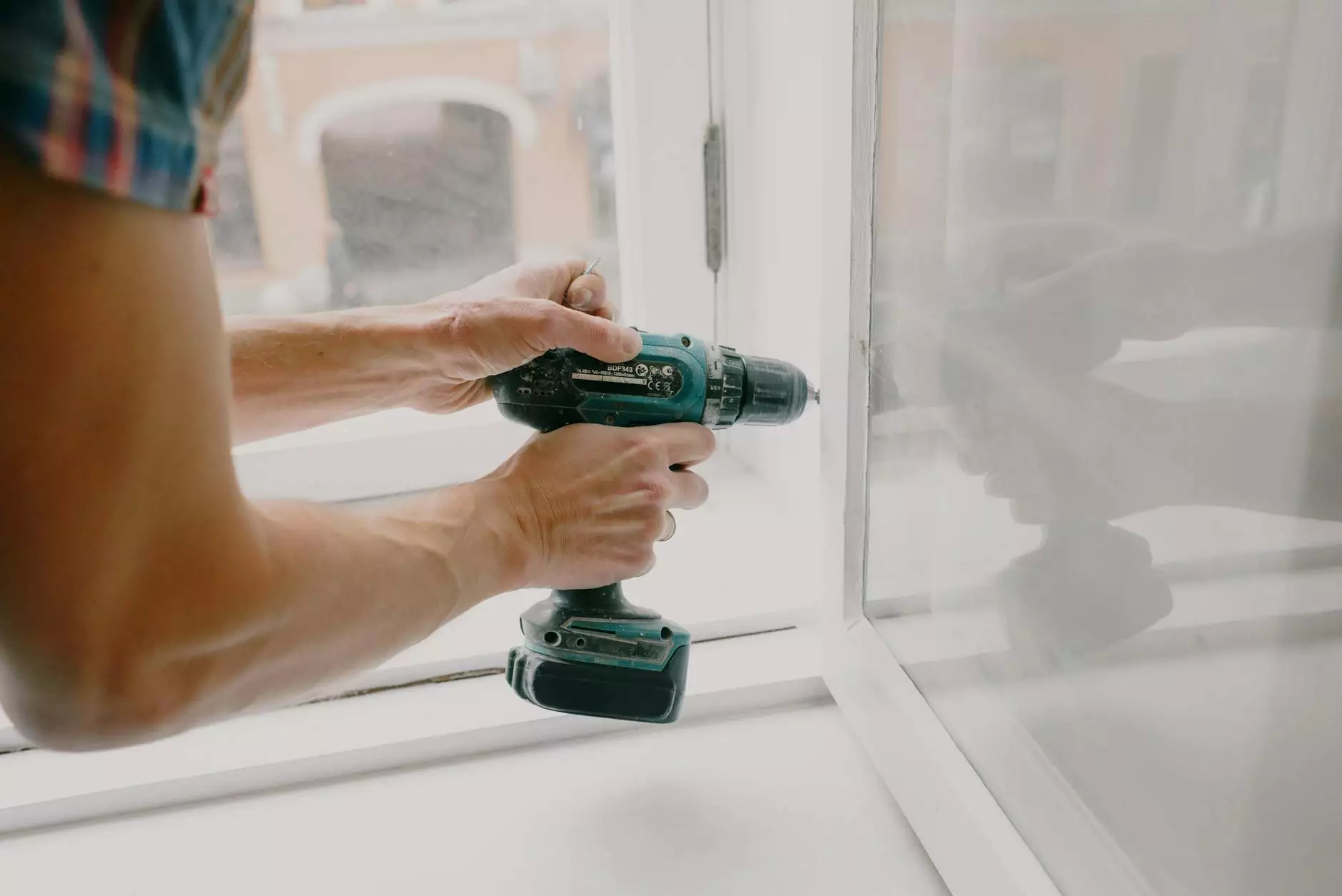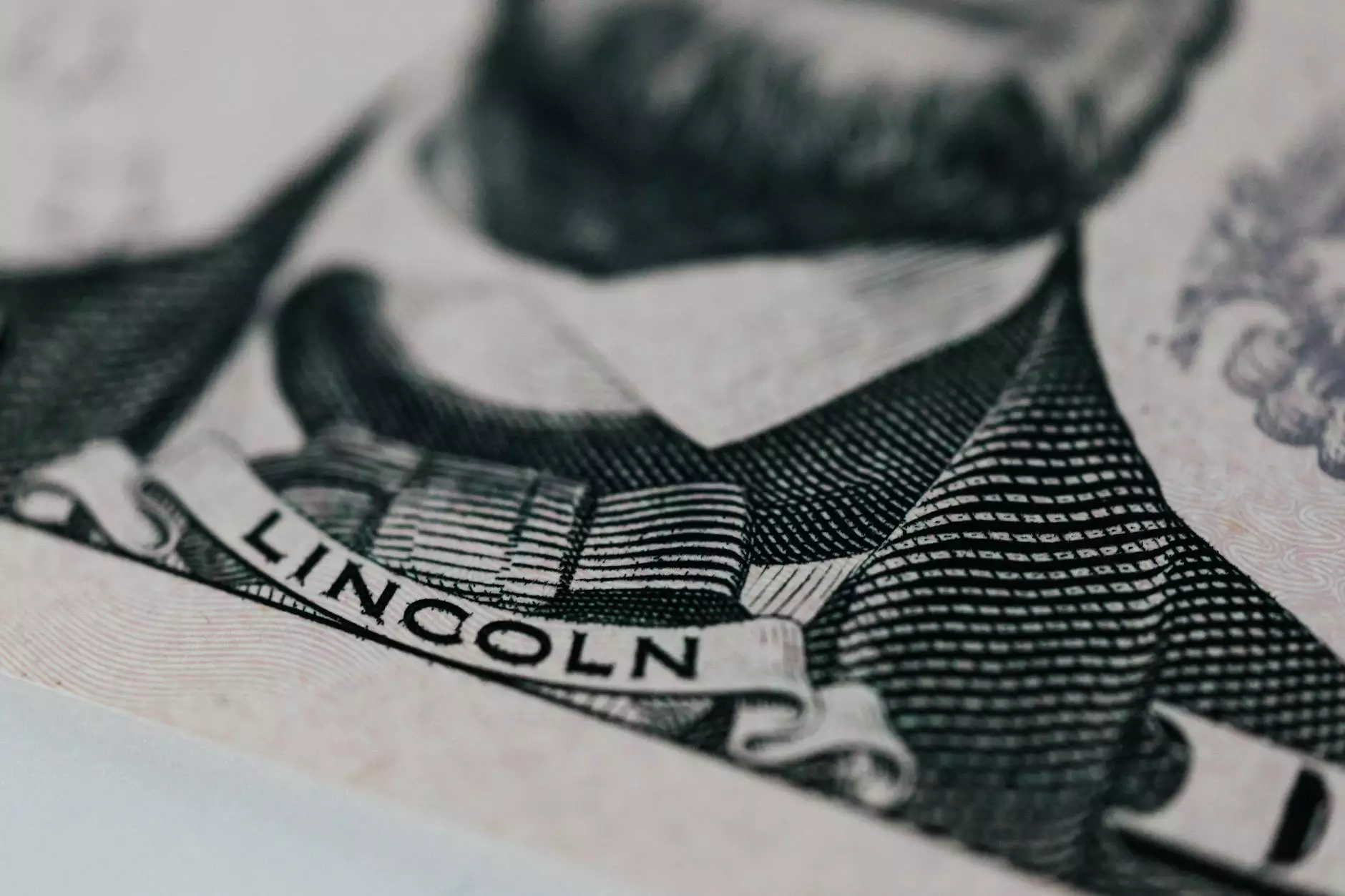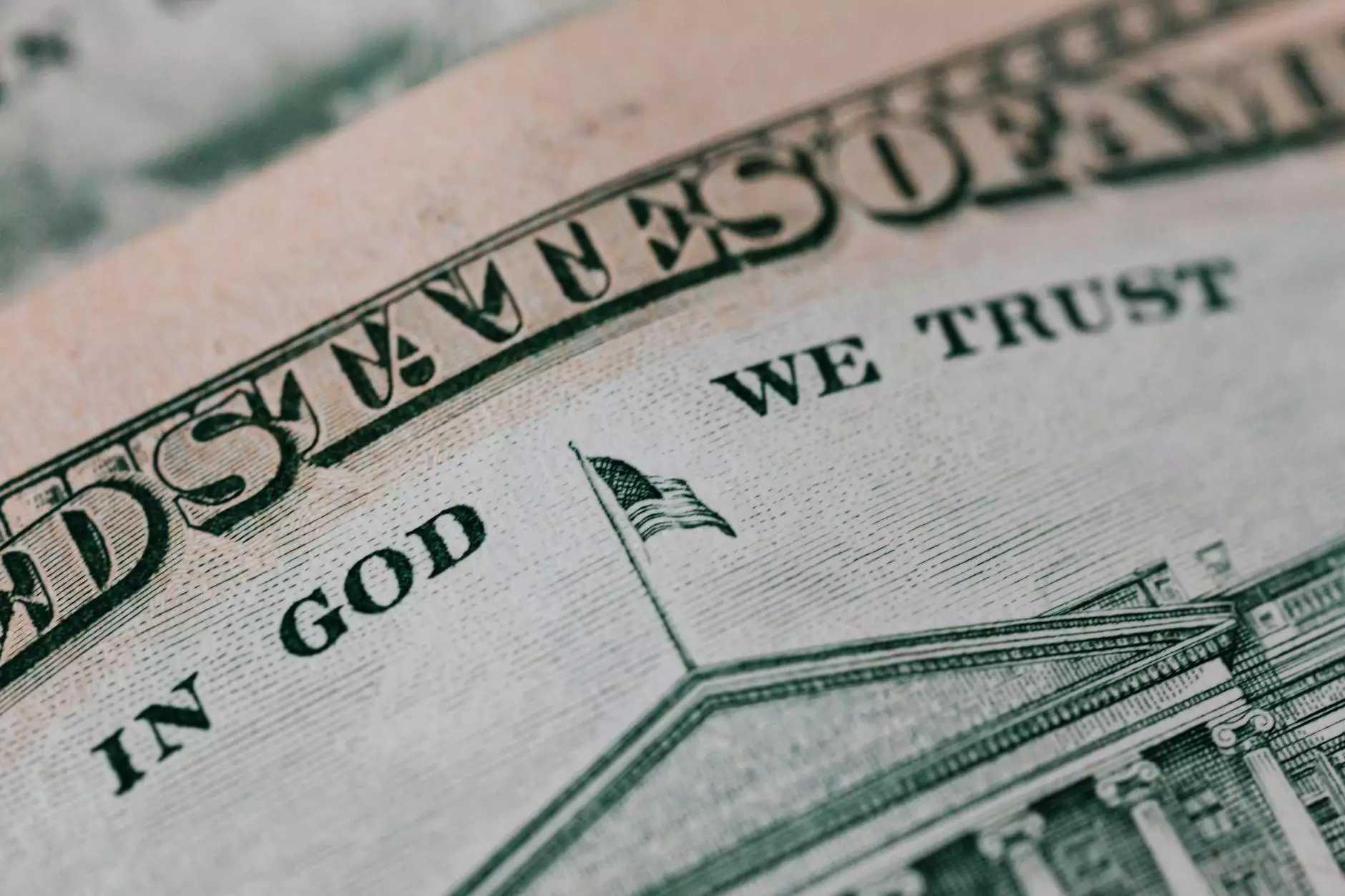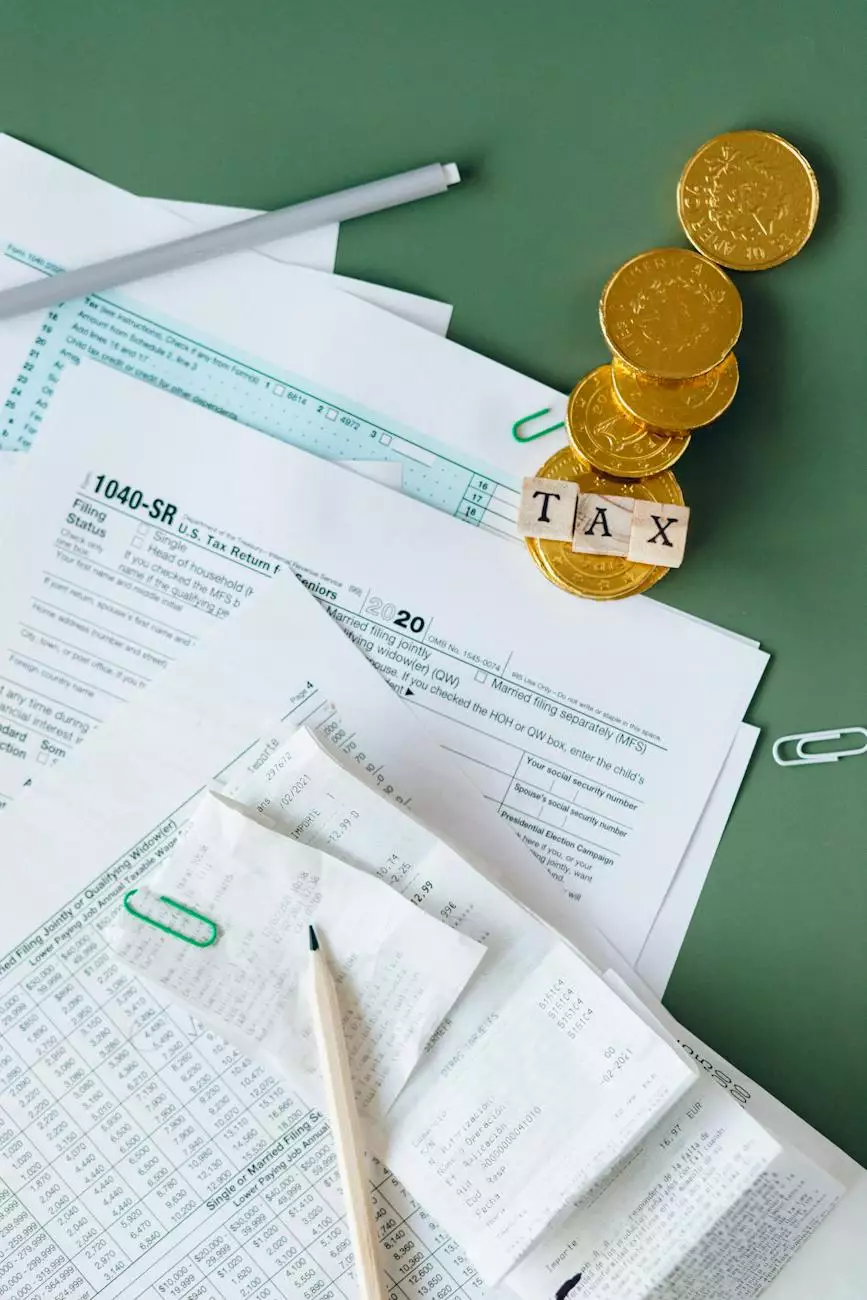Ultimate Guide to Creating Your Own DIY Debt Repayment Program
Financials & Reports
Introduction
Welcome to the Ultimate Guide to Creating Your Own DIY Debt Repayment Program, brought to you by Social Service of America. In this comprehensive guide, we will provide you with invaluable insights, tips, and strategies to help you take control of your debt and start paving your way towards a debt-free future.
Understanding Debt
Before diving deep into the process of creating a DIY debt repayment program, it's essential to understand the different types of debt you may have. Debt can come in many forms, such as credit card debt, student loans, personal loans, and mortgages. Each type of debt carries its own interest rates, repayment terms, and potential consequences for non-payment.
Assessing Your Debt Situation
The first step in creating your DIY debt repayment program is to assess your current debt situation. Start by gathering information about all your outstanding debts, including their balances, interest rates, and minimum monthly payments. Organize this information in a clear and concise manner, either using a spreadsheet or a dedicated debt management tool.
Creating a Budget
One of the cornerstones of a successful debt repayment program is understanding your income and expenses. It's crucial to create and stick to a budget that allows you to allocate a specific portion of your income towards debt repayment. Take a close look at your monthly expenses and identify areas where you can cut back to free up more money for debt repayment.
Debt Repayment Strategies
When it comes to repaying debt, there are several strategies you can consider. The two most common approaches are the debt snowball method and the debt avalanche method. The debt snowball method involves paying off your debts starting with the smallest balances, while the debt avalanche method focuses on paying off debts with the highest interest rates first. Choose the strategy that aligns with your financial goals and motivates you to stay on track.
Tracking Your Progress
As you embark on your DIY debt repayment journey, it's important to track your progress closely. Regularly monitor your outstanding balances, make note of the payments you've made, and celebrate each milestone achieved. By visualizing your progress, you will stay motivated and committed to your debt repayment goals.
Seeking Professional Help
While creating a DIY debt repayment program can be empowering, there may be times when seeking professional help becomes necessary. Financial advisors, credit counselors, and debt management agencies can provide valuable guidance, negotiate with creditors on your behalf, and offer personalized solutions based on your unique circumstances.
Staying Debt-Free in the Future
Once you've successfully paid off your debts, it's crucial to develop healthy financial habits to avoid falling back into debt. Establish an emergency fund, educate yourself about personal finance, and practice responsible spending and saving habits. By staying proactive and disciplined, you can maintain a debt-free life and work towards achieving your long-term financial goals.
Conclusion
Congratulations on taking the first step towards creating your own DIY debt repayment program. With the Ultimate Guide to Creating Your Own DIY Debt Repayment Program by Social Service of America, you now have the knowledge and tools necessary to conquer your debt. Remember, the path to financial freedom requires dedication, persistence, and a commitment to making positive changes in your financial habits. Start your journey today, and regain control over your financial future!
Related Articles:
- How to Build an Emergency Fund
- Efficient Budgeting Tips
- The Importance of Financial Education










